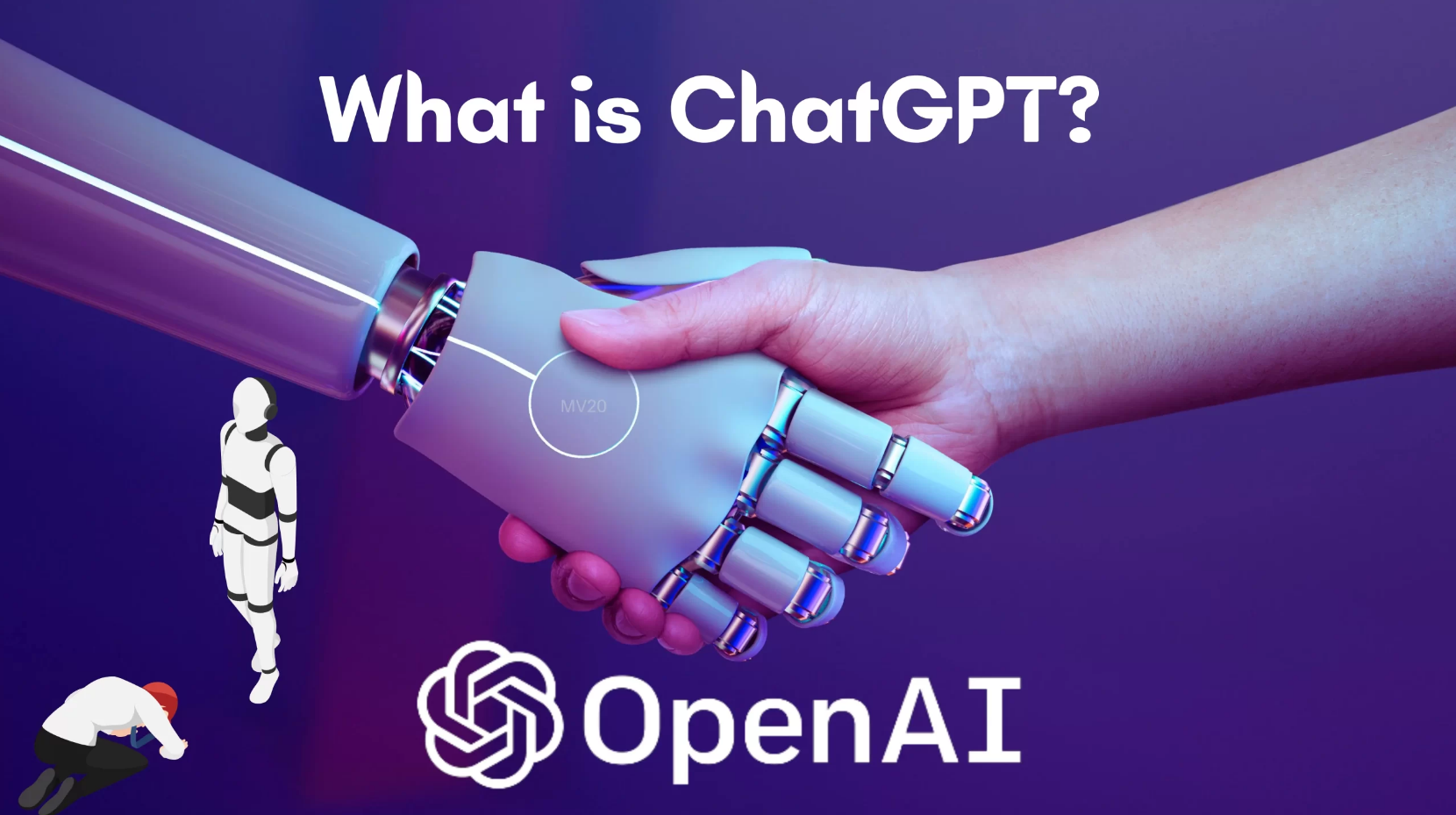
There’s a new AI bot in town: ChatGPT, and you’d better pay attention, even if you aren’t into artificial intelligence. ChatGPT is an AI chatbot system that OpenAI released to show off and test what a very large, powerful AI system can accomplish. You can ask it countless questions and often will get an answer that’s useful. For example, you can ask it encyclopedia(百科全书) questions like, “Explain Newton’s laws of motion.” You can tell it, “Write me a poem,” and when it does, say, “Now make it more exciting.” You ask it to write a computer program that’ll show you all the different ways you can arrange the letters of a word.
ChatGPT is a big deal. The tool seems pretty knowledgeable in areas where there’s good training data for it to learn from. It’s not smart enough to replace all humans yet, but it can be creative, and its answers can sound authoritative(权威性的). A few days after its launch, more than a million people were trying out ChatGPT. And it’s becoming big business. Microsoft promised to invest billions of dollars into OpenAI, saying it’ll build features into cloud services. OpenAI announced a $20 per month ChatGPT Plus service that responds faster and gets new features sooner.
But ChatGPT is an AI that’s trained to recognize patterns in mass text harvested from the Internet, then further trained with human assistance to deliver more useful, better dialog. The answers you get may sound reasonable and even authoritative, but they might well be entirely wrong, as OpenAI warns. Sometimes, helpfully, it’ll specifically warn you of its own shortcomings. For example, when I asked it who wrote the phrase “the squirming facts exceed the squamous mind,” ChatGPT replied, “I’m sorry, but I am not able to browse the Internet or access any external information beyond what I was trained on.” (The phrase is from Wallace Stevens’ 1942 poem Connoisseur of Chaos.)
The fact that it offers an answer at all, though, is a remarkable development in computing. Computers are famously literal, refusing to work unless you follow exact syntax(句法) and interface requirements. Large language models are revealing a more human-friendly style of interaction, not to mention an ability to generate answers that are somewhere between copying and creativity.
本时文内容由奇速英语国际教育研究院原创编写,未经书面授权,禁止复制和任何商业用途,版权所有,侵权必究!(作者投稿及时文阅读定制请联系微信:18980471698)1.Which of the following can be a subtitle for the first paragraph?
A Why is ChatGPT blowing everyone’s mind?
B What kinds of questions can you ask?
C What are the limits of ChatGPT?
D What is ChatGPT?
解析:选D。D段落大意题。根据第一段关键词“is an AI chatbot system”“You can”“You ask”等可知,第一段主要介绍ChatGPT是什么,以及它能做什么。选项D“什么是ChatGPT”最符合文意。故选D。
2.What made ChatGPT a big deal?
A More than a million users.
B Investment of billions of dollars.
C Its ability to generate creative answers.
D The bright future promised by Microsoft.
解析:选C。C细节理解题。根据第二段第二、三句可知,ChatGPT之所以很重要,是因为它在受到良好训练的领域非常博学,可以给出有创意性的答案。故选C。
3.We can infer the purpose of the example in Paragraph Three is to __________.
A draw people’s attention to OpenAI
B reveal the weakness of ChatGPT
C explain the work pattern of the system
D show the methods of training ChatGPT
解析:选B。B推理判断题。根据第三段第二、三句并结合关键词“But”“warns”“shortcomings”可知,作者写第三段的目的是为了告诉我们虽然ChatGPT很好,但也有一些缺点。故选B。
4.Which of the following best describes the author’s attitude towards ChatGPT?
A Opposed.
B Critical.
C Supportive.
D Objective.
解析:选C。C观点态度题。根据文章中的关键信息“you’d better pay attention”“a big deal”“big business”“a remarkable development”“not to mention an ability...”等可知,作者对ChatGPT在很大程度上是支持的。故选C。